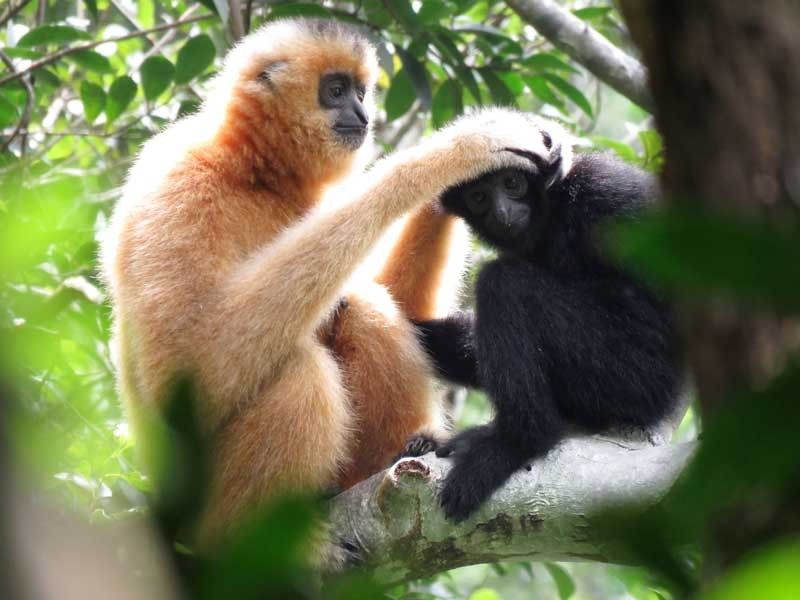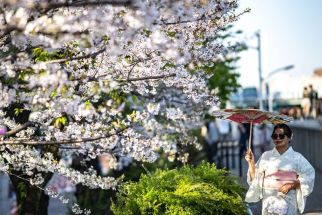Scientists throw lifeline to world's rarest primate

PARIS — Hainan gibbons — the rarest primates on Earth — were already teetering on the edge of extinction in 2014 when the most powerful storm to lash China's coast in half a century ravaged their island oasis.
Decades of economic development, along with logging and deforestation, had reduced their habitat by more than half.
What primary forest remained was also fragmented, further hemming in the tailless apes, which travel exclusively above ground.
But the massive mudslides unleashed by super typhoon Rammasun made things worse, gouging 15-meter wide gullies into the mountainous forest and effectively cutting off their treetop highways.
"Canopy connectivity is critical for gibbons as they are strictly arboreal," lead author Bosco Pui Lok Chan, head of the Kadoorie Farm and Botanic Garden in Hong Kong's New Territories, told AFP.
"Forest fragmentation thus presents a major conservation challenge for gibbons."
It not only limits their ability to forage for food, it can interfere with the search for a mate and make them more vulnerable to predators.
Light-bulb moment
After the typhoon, Chan and his colleagues noticed while monitoring the gibbons — only a few dozen of which remain in the wilds of China's Hainan Island — that they had trouble crossing these new gaps in the forest.
And when they did, "they took very risky routes involving a lot of long jumps and high falls among the few surviving trees," he said.
Then Chan had a light-bulb moment.
"We constructed a two-pronged canopy rope bridge across the damaged arboreal highway," he said.
The "bridge" consisted of two parallel ropes tied at either end to trees.
The conservationists also set up motion cameras to record any movement on or across the ropes.
The group of nine gibbons most affected by this particular gash in the forest didn't avail themselves of the lifeline right away.
Indeed, only 176 days later did the cameras capture the first image of a gibbon on the ropes.
After that first crossing, however, others quickly followed suit.
Duets at dawn
Some strode across the mountaineering-grade ropes like tight-rope walkers, while others moved underneath, swinging arm to arm.
Gibbons moving across a forest canopy have been clocked at over 50 kilometers an hour using this method.
Another favored technique was walking across one rope, while holding on to the second one overhead.
Over the 470 days of monitoring, the researchers collected more than 200 pictures and 50 videos of the acrobatic apes in action.
Chan described the rope bridges as a "short-term solution".
"Reforestation with native tree species should be the priority for restoring forest connectivity," he said.
But his stop-gap measure still has "significant conservation implications for other gibbon species," he added.
There are 20 identified gibbon species, all in Asia. Most are either "endangered" or "critically endangered" — the last step before "extinct in the wild" — on the IUCN's Red List of endangered species.
The Hainan gibbon — Nomascus hainanus — is endemic to the Chinese island, and now found only in the Hainan Bawangling National Nature Reserve.
Their population was estimated at 2,000 individuals in the 1950s, but during the 1970s their numbers plunged to single digits, according to the researchers.
Adult males are jet black with a hairy crest, while females are golden yellow with a black crown.
Most gibbons are monogamous, but N. hainanus live in families with one male, two females and immature offspring.
The are known to sing in duets at dawn, probably to mark their territory and enhance bonding, earlier research has shown.
- Latest
- Trending



























